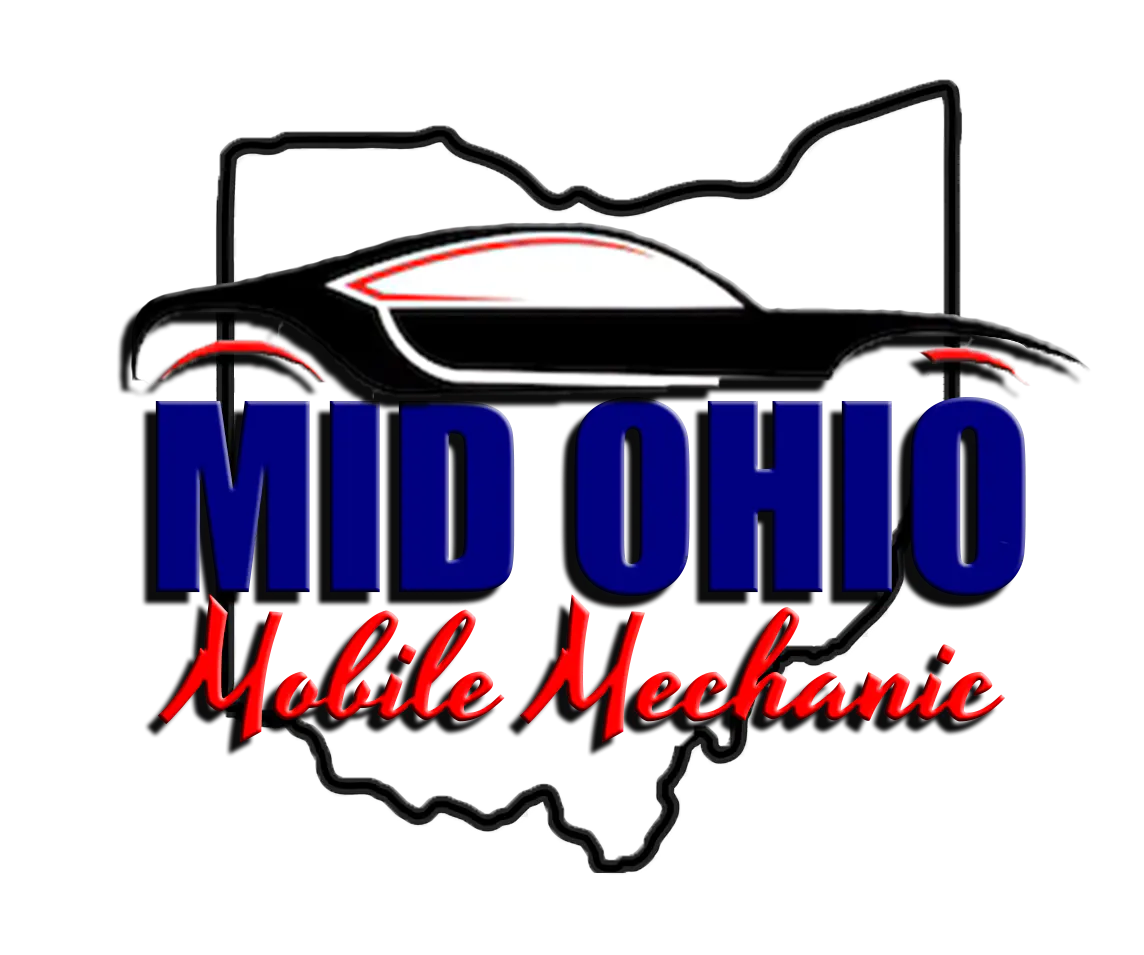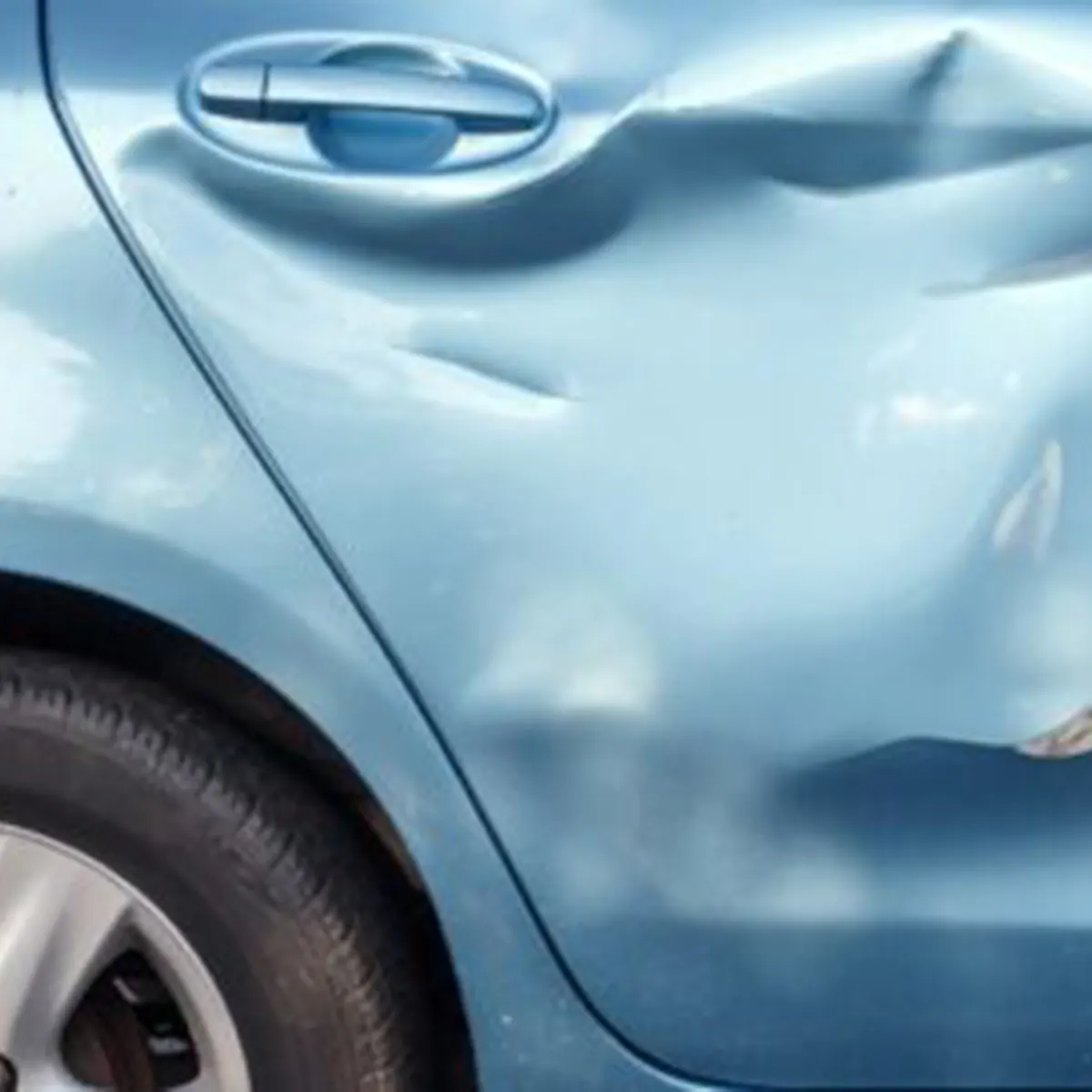When most drivers think about car safety, they usually picture airbags, seatbelts, or anti-lock brakes. While these features are undeniably important, one of the most critical elements of vehicle safety is often overlooked: the car’s frame. The frame—sometimes called the chassis—is the foundation upon which your vehicle is built. It supports the engine, body, suspension, and safety systems while absorbing and distributing energy during a collision.
A damaged frame, even if the vehicle looks fine externally, can drastically compromise your car’s structural integrity and safety. Understanding why the frame matters, how it can be damaged, and the risks involved is essential for every vehicle owner. This article explores the importance of the frame, common causes of damage, the safety risks, and how to address frame issues effectively.
Understanding the Role of the Car Frame
The car frame is the backbone of any vehicle. It serves multiple critical functions:
- Structural Support: The frame supports all major components of the vehicle, including the engine, transmission, suspension, and body panels.
- Crash Energy Absorption: During collisions, the frame helps absorb and distribute impact forces to protect occupants. Modern frames are designed with crumple zones that deform in controlled ways to reduce injury.
- Alignment and Handling: A straight and intact frame ensures proper wheel alignment, handling, and suspension geometry. Damage can affect steering, braking, and overall drivability.
- Mounting Points for Safety Systems: Safety systems like airbags, seatbelts, and side-impact bars rely on the frame for proper function. A compromised frame can render these systems less effective or even dangerous.
Without a properly functioning frame, every other component of the vehicle is working on an unstable foundation.
How Car Frames Are Constructed
Frames can be constructed in different ways depending on the vehicle type:
- Body-on-Frame Construction: Common in trucks and SUVs, this design involves mounting the vehicle body on a separate ladder-style frame. It is durable but can be heavy.
- Unibody Construction: Most modern cars use unibody designs where the frame and body are integrated. This provides improved fuel efficiency, handling, and crash performance.
- Space Frame and Hybrid Designs: Luxury and performance cars often use lightweight space frames or aluminum-intensive hybrid frames to improve performance and reduce weight.
Each design has its own vulnerabilities. While body-on-frame vehicles can absorb impacts through the frame itself, unibody vehicles rely on crumple zones and reinforced sections. Regardless of construction type, frame integrity is critical for safety.
Common Causes of Frame Damage
Frame damage can occur in a variety of ways, from minor accidents to gradual stress over time. Understanding the causes helps vehicle owners recognize when to have inspections:
- Collisions and Accidents: Front, rear, and side impacts can bend, twist, or crack the frame. Even low-speed collisions can cause misalignment that affects long-term safety.
- Severe Potholes and Road Hazards: Hitting deep potholes, curbs, or debris at high speeds can cause structural stress that may not be immediately apparent.
- Improper Towing or Jacking: Lifting the vehicle incorrectly or using substandard towing equipment can warp or bend frame components.
- Rust and Corrosion: Over time, water, salt, and road chemicals can corrode frame sections, weakening structural integrity. Rust-related damage is particularly dangerous in older vehicles.
- Previous Poor Repairs: Improperly repaired collisions, welding mistakes, or aftermarket modifications can compromise frame strength.
Frame damage isn’t always obvious. Vehicles may still drive normally, which is why regular inspections after accidents or severe impacts are essential.
Signs Your Vehicle May Have Frame Damage
Some frame damage is visible, but other issues require expert inspection. Common indicators include:
- Uneven Tire Wear: If your tires wear faster on one side, it could indicate misalignment caused by a bent frame.
- Vehicle Pulling to One Side: Steering drift or a pull to one side may result from structural misalignment.
- Doors, Trunk, or Hood Misalignment: Difficulty opening or closing panels often signals frame twisting.
- Unusual Noises: Creaking, popping, or rattling during driving or braking can indicate frame stress.
- Visible Bends or Cracks: In some cases, dents, bends, or cracks can be seen in frame rails or undercarriage components.
Even if signs are subtle, having a professional inspect the frame is critical, as driving on a compromised frame increases the risk of accidents and further damage.
How Frame Damage Affects Safety Systems
A damaged frame compromises the effectiveness of multiple safety systems:
- Airbags: Modern airbag systems rely on sensors and impact absorption through the frame. If the frame is bent, airbags may deploy too late or fail to deploy altogether.
- Seatbelts: Seatbelt anchors are mounted to the frame. Misalignment can reduce tension or anchor strength during a crash.
- Side-Impact Protection: Reinforced side rails are designed to absorb energy in T-bone collisions. Frame damage can reduce this protection.
- Crumple Zones: Vehicles are engineered to crumple in controlled ways during impacts. A compromised frame may deform unpredictably, increasing injury risk.
In essence, frame damage can turn even the safest vehicle into a potential hazard in the event of a collision.
Structural Integrity and Handling Issues
Beyond safety systems, frame damage affects the car’s handling, which can indirectly impact safety:
- Suspension Alignment: Bent frames alter suspension geometry, causing poor handling, uneven braking, and increased tire wear.
- Steering Response: Misaligned frames can cause delayed or uneven steering response, increasing the risk of accidents.
- Vibrations and Noise: Structural distortions can produce vibrations that lead to premature wear on suspension components and tires.
- Crash Performance: Vehicles with compromised frames may not distribute collision forces as intended, increasing risk to occupants.
Even a minor misalignment can escalate into serious problems over time, affecting both everyday driving comfort and emergency handling.
Frame Inspection and Diagnosis
Detecting frame damage requires specialized equipment and expertise. Modern repair shops employ several technologies for accurate diagnosis:
- Laser Measurement Systems: Precision lasers map the vehicle frame to detect bends, twists, or misalignment down to fractions of an inch.
- Frame Straightening Machines: Hydraulic and computerized machines can restore frame alignment using controlled force.
- Digital Imaging: 3D scans and digital modeling help visualize hidden structural damage that might not be visible to the naked eye.
- Professional Expertise: Experienced technicians understand stress points and manufacturer specifications, ensuring repairs restore both safety and performance.
DIY inspections or assumptions based on appearance alone can miss hidden frame issues, which is why professional evaluation is critical after any collision or impact.
Repairing a Damaged Frame
Repairing a frame is a complex process that requires precision and care:
- Assessment: The technician conducts a full inspection using digital scans and physical measurements.
- Disassembly: Components like bumpers, panels, and suspension parts may be removed to access the frame.
- Straightening or Section Replacement: Depending on the damage, the frame may be pulled back into alignment using hydraulic tools or damaged sections may be replaced.
- Welding and Reinforcement: Repairs involve proper welding techniques and reinforcements to restore structural integrity.
- Reassembly and Calibration: After repairs, components, suspension, and safety systems are reinstalled and calibrated.
- Final Inspection: A thorough inspection ensures alignment, handling, and safety systems meet manufacturer standards.
Attempting frame repairs without the proper equipment or expertise can lead to compromised safety, reduced performance, and further damage.
The Consequences of Ignoring Frame Damage
Failing to address a damaged frame can have serious long-term consequences:
- Increased Risk in Future Collisions: A weakened frame absorbs less energy during impacts, putting occupants at higher risk.
- Reduced Vehicle Longevity: Stress on misaligned suspension and drivetrain components can cause premature failure.
- Legal and Insurance Implications: Vehicles with undisclosed frame damage may fail safety inspections or reduce insurance payouts.
- Decreased Resale Value: Buyers and dealerships often avoid vehicles with frame damage due to safety and repair concerns.
Ignoring frame damage is not just a maintenance issue—it is a direct threat to the safety of the driver, passengers, and others on the road.
Preventing Frame Damage
While some accidents are unavoidable, vehicle owners can take steps to reduce the likelihood of frame damage:
- Drive Defensively: Avoid collisions by maintaining safe distances and obeying traffic laws.
- Regular Inspections: Routine maintenance and undercarriage checks can catch minor issues before they escalate.
- Avoid Road Hazards: Steer clear of potholes, debris, and severe curbs when possible.
- Proper Towing and Jacking: Ensure vehicles are lifted correctly and use certified towing services to avoid frame stress.
- Address Minor Accidents Promptly: Even low-speed collisions should be inspected for potential hidden frame damage.
Proactive care reduces the risk of serious structural issues and preserves both safety and vehicle value.
Modern Technology in Frame Repair
Technology has transformed frame repair, making it safer and more precise:
- Computerized Frame Machines: These machines pull or straighten frames according to manufacturer specifications.
- Laser Alignment Systems: High-precision lasers measure and correct frame angles and suspension alignment.
- 3D Digital Imaging: Allows technicians to visualize and plan repairs, ensuring complete structural restoration.
- Material-Specific Techniques: Aluminum, high-strength steel, and composite frames require tailored methods to prevent warping or weakening.
These technological tools allow shops to restore vehicles to factory standards, ensuring safety, performance, and durability.
Conclusion
The car frame is the foundation of vehicle safety, handling, and performance. Damage to the frame, whether from collisions, road hazards, or corrosion, compromises every aspect of a vehicle’s functionality. Steering, braking, suspension, and safety systems all depend on a straight, intact frame. Ignoring frame damage or relying on inadequate repairs puts drivers, passengers, and other road users at serious risk.
Professional inspection and repair are critical. Modern technology—laser measurements, computerized frame machines, 3D imaging, and advanced welding techniques—ensures that damaged frames can be restored to their original condition, preserving both safety and vehicle integrity.
Understanding the importance of the frame and addressing damage promptly protects lives, maintains vehicle value, and ensures that every component of the car performs as designed. In automotive safety, the frame is the foundation—without it, even the most advanced safety systems and durable materials cannot perform their intended role.
A compromised frame is not just a repair issue—it is a safety issue that demands immediate attention.

